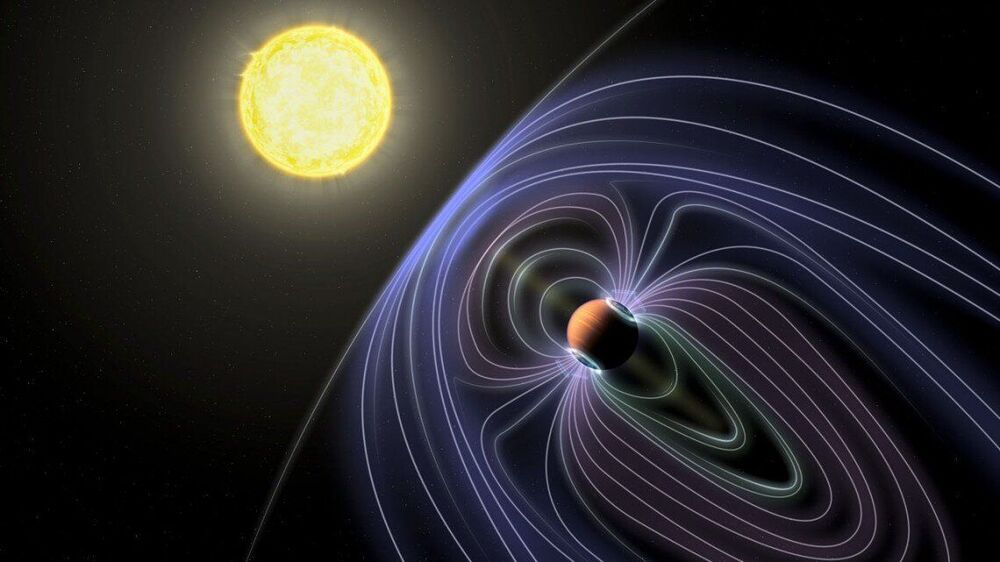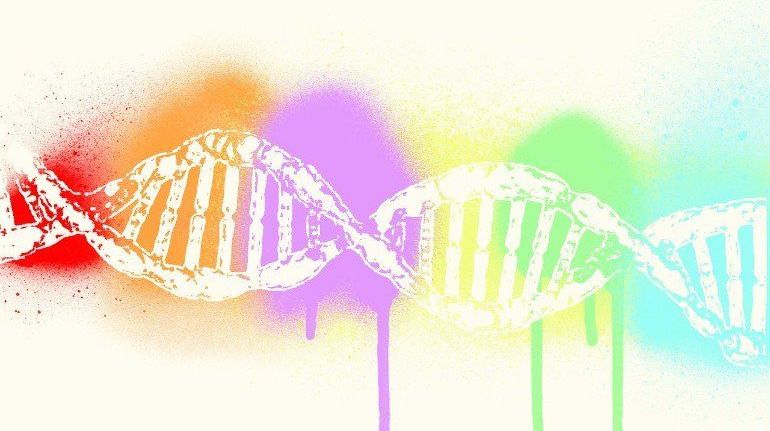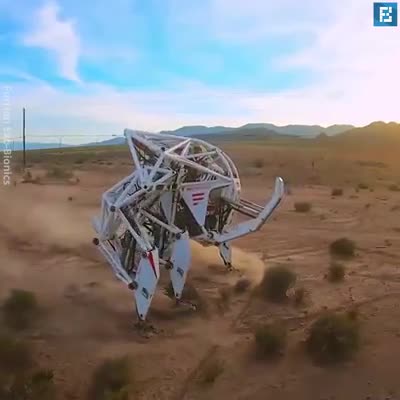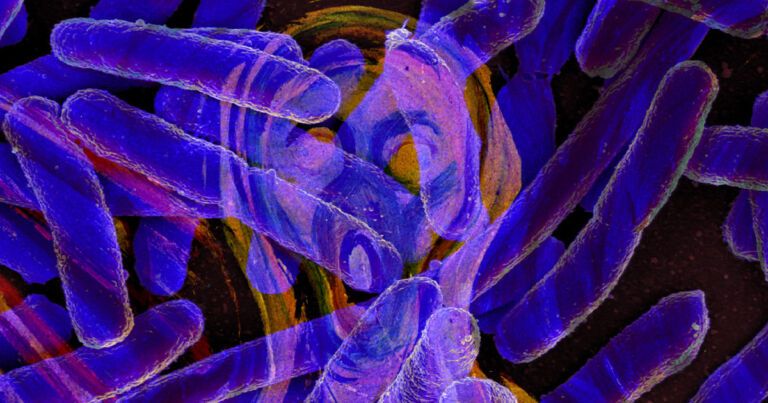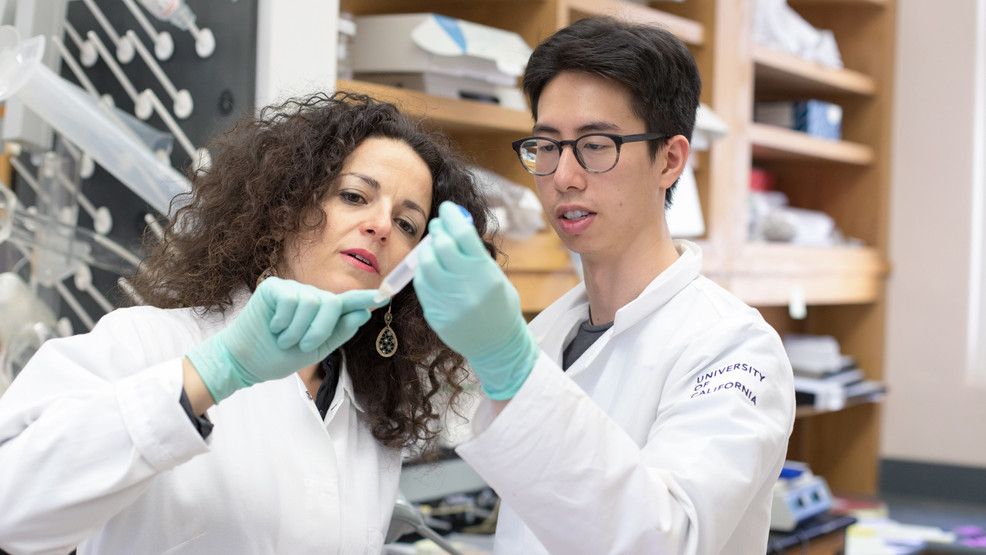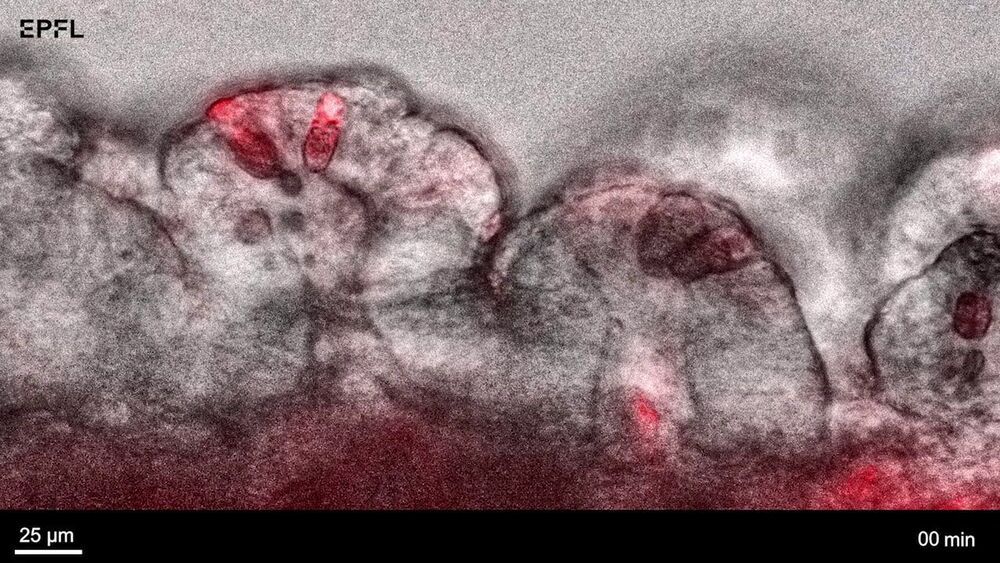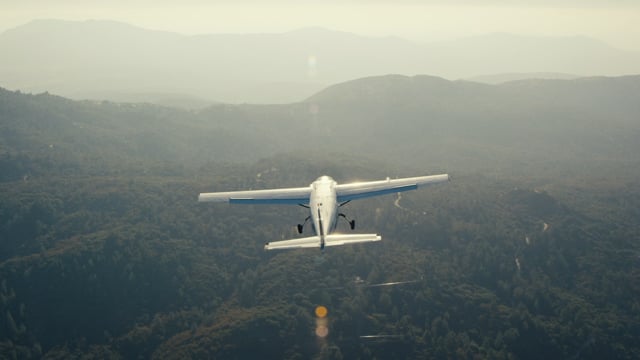Dec 16, 2020
Astronomers detect possible radio emission from exoplanet
Posted by Saúl Morales Rodriguéz in category: space
The team, led by Cornell postdoctoral researcher Jake D. Turner, Philippe Zarka of the Observatoire de Paris—Paris Sciences et Lettres University and Jean-Mathias Griessmeier of the Université d’Orléans published their findings in the forthcoming research section of the journal Astronomy & Astrophysics, on Dec. 16.
“We present one of the first hints of detecting an exoplanet in the radio realm,” Turner said. “The signal is from the Tau Boötes system, which contains a binary star and an exoplanet. We make the case for an emission by the planet itself. From the strength and polarization of the radio signal and the planet’s magnetic field, it is compatible with theoretical predictions.”
